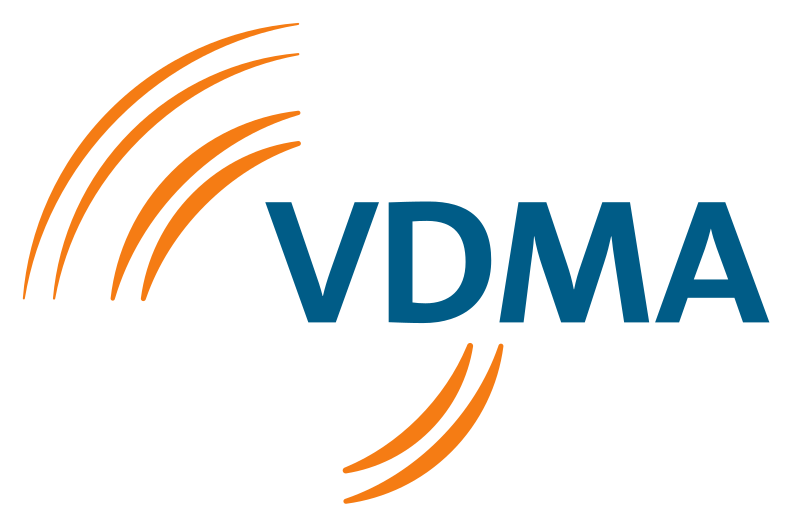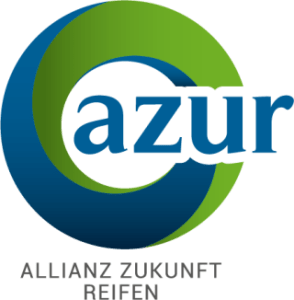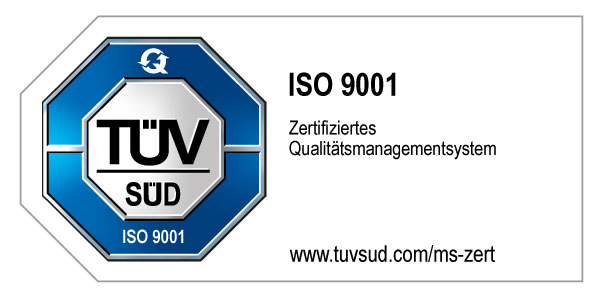Rolling mills for gummi and rubber
Individual laboratory and mixing mills
The optimum rolling mill for your needs
The know-how we have acquired over decades in the field of mixing mills makes us a respected partner in this area.
Our rolling mills are specially designed for the processing and production of rubber and rubber-like materials, such as rubber or silicone. Rolling mills are used here to mix and shape the material and give it the desired properties.

Utilization of rolling mills in the rubber industry:
The efficiency and quality of the mixture as well as the precise control of product dimensions make rolling mills an indispensable component in the manufacture and processing of rubber products.
Our rolling mills are designed in accordance with the requirements of DIN EN 1417 - 2024-03. We can take into account individual safety standards, which generally go beyond the requirements of the generally applicable standard.
The machine components are adapted to your wishes and the respective requirements by our design department.
Rolling mills are widely used in the rubber industry and are essential for a variety of applications:
Production of rubber tires:
A large proportion of rubber is used in tire production. The rubber undergoes various rolling processes in order to optimize the durability and quality of the rubber compound for tires.
Production of technical rubber articles:
These include seals, hose lines, drive belts, mats and many more. These items are manufactured by rolling and subsequent vulcanization.
Production of rubber sheets:
Rubber sheets can also be produced by rolling mills for special applications, which are then used in various industries.
| Rolling mill parameters | ||||||||
|---|---|---|---|---|---|---|---|---|
| Laboratory rolling mill | ||||||||
| Unit | MW150x300 | MW250x400 | MW400x1000 | MW550x1500 | MW660x2100 | MW750x2500 | Intermediate sizes | |
| English size designation | Customs | 12 | 16 | 40 | 60 | 84 | 100 | |
| Roller diameter | mm | 150 | 250 | 400 | 550 | 660 | 750 | We are happy to offer customized rolling mills for your application. |
| Roller bale width | mm | 300 | 400 | 1000 | 1500 | 2100 | 2500 | |
| Usable roller bale width | approx. mm | 220 | 320 | 920 | 1430 | 2030 | 2430 | |
| Peripheral speed | m/min | 30 | 30 | 30 | 30 | 30 | 30 | |
| Roller speed | approx. RPM | 64 | 38 | 24 | 17 | 14 | 13 | |
| recomm. Drive power | kW | 2×4 | 2×7,5 | 2×30 | 2×65 | 2×110 | 2×160 | |
| Friction | variably adjustable alternately, from 0.1 to max. 1.0 | |||||||
| Weight | approx. t | 1 | 1.5 | 15 | 26 | 32 | 40 | |
Functioning of rolling mills in the rubber industry:
1
Preparation of the raw rubber:
First, the raw rubber is heated to make it more plastic and therefore easier to process. This is usually done in an internal mixer or directly on the rollers.
2
Fattening:
In this phase, the heated rubber is passed through the rollers of the rolling mill to break the polymer chains and improve miscibility with other additives.
3
Mixing:
Various additives such as sulphur (for vulcanization), plasticizers, fillers, anti-ageing agents and dyes are added to the plasticized rubber. The operator supports the mixing process by intervening to achieve a homogeneous mixture.
4
Cooling and calendering:
After the mixing process, the material is cooled and then manufactured into the desired final product. The rubber is often processed further in a subsequent step on another calender to produce thinner layers or specific surface textures.
5
Forming and vulcanization:
Finally, the processed rubber can be pressed into moulds and heated, triggering a chemical reaction known as vulcanization. This process forms sulphur bridges between the polymer chains and gives the rubber its final properties such as elasticity and strength.
6
Circular economy:
Small to medium-sized offcuts of elastomers that have no further use in the production process are fed back into the material cycle using reactruders.
Your contact person:






